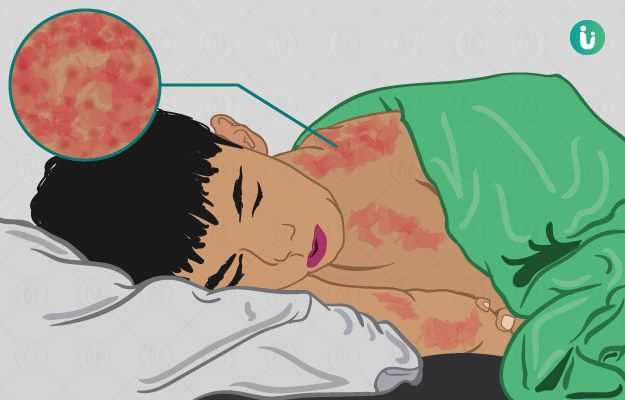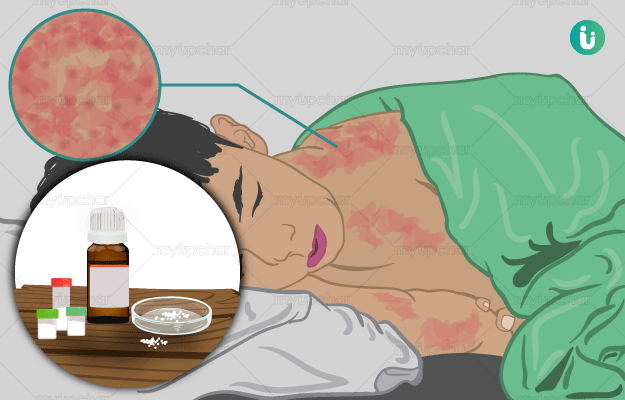COVID-19 may have occupied our minds and much of our health news coverage in 2020, but throughout this pandemic, health experts have also been warning about the resurgence of another, more contagious viral infection: measles.
Latest data show that over two lakh people died from measles in 2019—a figure that could become worse this year as the COVID-19 pandemic continues to disrupt vaccination programmes and access to primary healthcare.
At 207,500, the measles death toll for 2019 is a 50% increase over global measles mortality three years ago. Globally, the number of measles cases reported in 2019 was 120 cases per million population, up 567% over 2016 figures according to data collected by the World Health Organization and the US Centers for Disease Control (CDC).
As of October 2020, data submitted by local health agencies to the World Health Organization show a rise in the number of measles deaths but a decline in measles cases in some member countries—experts fear this is because of unreported cases which naturally go without proper treatment.
In India, measles has been on a downward trend since 2015—confirmed cases declined from 83,026 in 2015 to 10,708 in 2019 according to data submitted to the WHO. The provisional figure for this year is 4,225 confirmed cases. Medical experts say that unless vaccination programmes restart with the same rigour as before, some of these gains could be wiped out pretty quickly—measles has an R-naught of 12-18, meaning that one sick person gives the infection to 12-18 healthy, unvaccinated people on average.
In 2017, 2.9 million children in India hadn’t received the measles vaccine according to UNICEF data. By 2018, that figure had improved slightly to 2.3 million children unvaccinated for measles in India (163 million children in India received the measles vaccine through mass immunization programmes that year). Now, experts fear, we may lose out on these gains as fewer children may get the MMR vaccine against measles in 2020.
“We need to vaccinate 95% of the population against measles to eliminate this disease,” explained Dr Ayush Pandey, who is associated with myUpchar.com. “Every child should get two shots of the vaccine. But globally, we are only able to reach 85 out of 100 children for the first shot, given at 9-12 months of age, and 71 out of 100 children for the second shot, given between 16-24 months of age,” he added.
Five countries in the WHO South-East Asia Region have already eliminated measles. These countries are Bhutan, Democratic People’s Republic of Korea (North Korea), the Maldives, Sri Lanka and Timor-Leste. The WHO has revised its timeline for other countries in the region to become measles-free from 2020 to 2023.
Measles presents with symptoms like fever, runny nose (coryza), cough and conjunctivitis. Within two or three days, white spots appear inside the mouth and by Day 3-5, the characteristic measles rash can be seen. It is important to see a doctor immediately if your child is unvaccinated and shows these symptoms.











